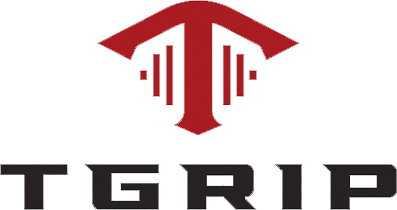The Anabolic Diet has gained popularity in the fitness world for its promise of lean muscle gain and fat loss. But what exactly is the Anabolic Diet, and how does it work? In this comprehensive guide, we'll delve into the basics of the Anabolic Diet, its principles, and the potential results it can yield for those seeking to optimize their physique and performance.
Understanding the Anabolic Diet: The Anabolic Diet is a high-fat, moderate-protein, and low-carbohydrate eating plan designed to promote anabolic (muscle-building) processes in the body while minimizing fat storage. It follows a cyclical approach, consisting of alternating phases of low-carb intake with periods of higher carbohydrate consumption.
During the low-carb phase (typically lasting five to six days), the body shifts into a state of ketosis, where it relies primarily on fat for fuel instead of carbohydrates. This metabolic state encourages the breakdown of stored body fat for energy and promotes the production of ketones, which can further enhance fat burning.
In contrast, the high-carb phase (often referred to as the "refeed" or "carb-loading" phase) typically lasts one to two days and aims to replenish glycogen stores, boost energy levels, and support muscle recovery and growth. This strategic manipulation of carbohydrate intake helps prevent metabolic adaptation and maintains metabolic flexibility, allowing the body to efficiently utilize both fat and carbohydrates for fuel.
Potential Results of the Anabolic Diet:
-
Increased Muscle Mass: By providing adequate protein intake and promoting an anabolic environment through strategic macronutrient manipulation, the Anabolic Diet can support muscle protein synthesis and muscle hypertrophy, leading to gains in lean muscle mass over time.
-
Enhanced Fat Loss: The ketogenic aspect of the Anabolic Diet stimulates fat burning and may lead to significant reductions in body fat percentage, especially during the low-carb phases. Additionally, the cyclical nature of the diet prevents metabolic slowdown and preserves metabolic rate, allowing for sustained fat loss over the long term.
-
Improved Energy and Performance: While adapting to the low-carb phase may initially cause temporary fatigue and decreased performance, many individuals report improved energy levels, mental clarity, and physical performance once fully adapted to ketosis. The strategic inclusion of higher-carb days further supports energy levels and athletic performance, making it easier to sustain intense workouts and maximize training gains.
-
Enhanced Metabolic Flexibility: The Anabolic Diet promotes metabolic flexibility, allowing the body to efficiently switch between using fat and carbohydrates for fuel depending on dietary intake and energy demands. This metabolic versatility may confer various health benefits and improve overall metabolic health over time.
Conclusion: The Anabolic Diet offers a unique approach to nutrition that prioritizes fat loss and muscle gain through strategic manipulation of macronutrients. By alternating between low-carb and high-carb phases, individuals can harness the metabolic benefits of ketosis while optimizing muscle growth, energy levels, and performance. However, it's essential to consult with a healthcare professional or registered dietitian before starting any new diet plan, especially one as specialized as the Anabolic Diet, to ensure it aligns with your individual goals and needs. With careful planning and adherence, the Anabolic Diet has the potential to unlock significant results and transform your physique and performance.
"TGRIP-TIM"



